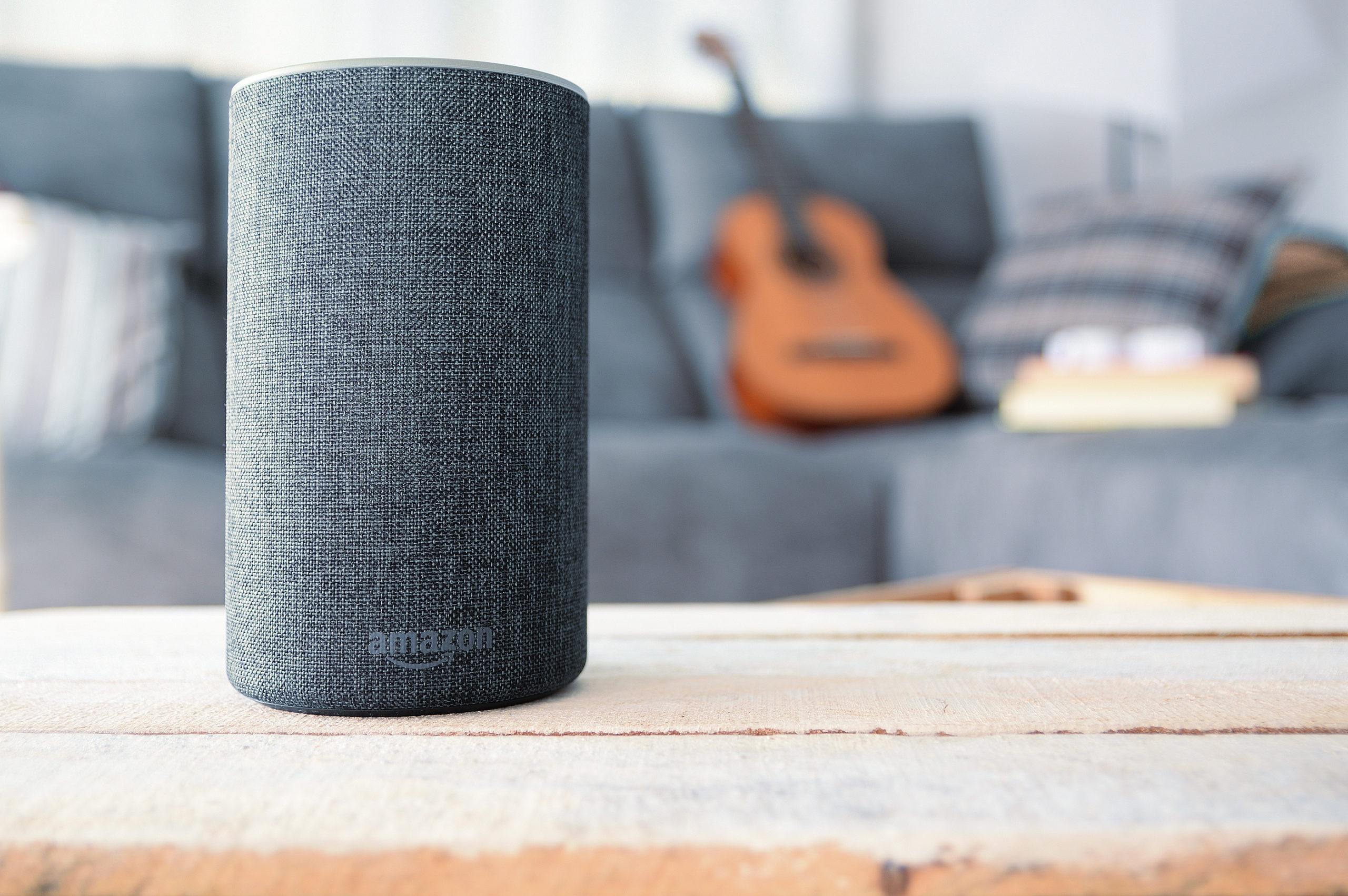
A common theme is occurring in this digital age, which is the challenging balance between convenience and privacy. Smart devices that are voice-controlled have made our lives easier, but all that connectivity can also put you and your family at risk.
By 2022, the number of internet-connected devices per person in the U.S. expected to rise from 8 to nearly 14.
With each new smart device, comes one more way that a hacker can potentially infect your network or get in and steal sensitive information that’s on a computer. Just one infected device can easily spread to all the devices connected to the same Wi-Fi, requiring virus removal on multiple PCs and smart gadgets.
It’s important to be aware of the security concerns with each Alexa-enabled smart device, video doorbell, smart TV, or other new device that’s connected to your wireless network so you can enjoy it without fear of a hack.
Read on for smart ways to secure your smart devices. We’ll start with securing Alexa first, since it’s the most used voice assistant on the market, then we’ll go through the best practices of securing any type of device that connects to the internet.
Tips for Securing Your Amazon Alexa Devices
Amazon’s Alexa voice assistant devices currently have 61% of the smart speaker market share. And Amazon keeps bringing out new gadgets to keep consumers happy, including a colorful smart lamp (Echo Glow) for kids and the Echo Auto, which travels around with you in the car.
While this technology has definitely made many people’s lives easier, you may have also heard stories of an Alexa device that recorded conversations without permission and sent them to someone on a person’s contact list.
Since that report and other reports of problems with device privacy, Amazon has worked to put more safeguards in place. Here are some security tips to use to keep Alexa from going rogue.
Turn Off Mics and Cameras
Since the accidental recording episode in the news, Amazon made a point of ensuring their devices have an “off” button for the microphone. Make sure you turn it off when not in use, so no conversations are recorded that you want to keep private. For those devices with video screens, you’ll want to make sure the camera is turned off too.
Delete Your Alexa Voice Recordings Every Day
You can easily delete any voice recordings taken by your smart speaker that day by saying, “Alexa, delete what I said today.” You can get to past archives of recordings in your Alexa app settings, under Account > History.
Change the Default Wake Word
Pick your own wake word for Alexa and make it something that’s rarely, if ever, used in conversation. This will help you avoid accidental wakeups when you say something that sounds too similar to “alexa.”
Add a PIN for Purchases
Just allowing your Alexa to buy things on command can be very dangerous and you can end up with items you never actually purchased if you have a child that doesn’t quite understand how it works. Make sure you have a purchase code in place that requires the PIN be used for voice purchases.
Review Alexa’s Privacy Settings
Make sure you go to the privacy settings in your Alexa app to ensure you’re not sharing more than you want to. You’ll find settings such as:
- Which info is sent to Amazon about your devices
- Skills permissions
- Whether photos should be submitted for style suggestions (Echo Look)
Tips for Securing All Types of Smart Devices
Whether it’s a router, baby monitor, doorbell, or coffee maker that’s connected to the internet. Here are some tips for securing other types of smart devices to keep out hackers.
Change Device Names & Passwords
You always want to make sure you change the default device names and passwords on smart devices when you’re first setting them up. And when naming devices, remember that others in your neighborhood may be able to see a device name (such as your router), so don’t use personally identifiable information in the name (like your address or family surname).
Be sure to create strong passwords that have a combination of letters, symbols, and numbers and both upper and lowercase letters.
Keep Devices Updated
Just like your computer needs regular updates for security patches and features, so do your smart devices. Non-updated devices can be a big target for hackers exploiting a software vulnerability. If possible, have them update automatically, and if not, make sure you check at least once a week to see if any devices have firmware or software updates that need to be downloaded and applied.
Disable Features You Don’t Need
Some smart devices might come with additional features that you don’t need, like remote access or a microphone. Be aware of all your device’s features and disable any you don’t use.
Use Two-Factor Authentication
Smart devices are run through master accounts. For example, with Alexa devices, it’s your Amazon account that’s used. For any accounts that allow it, set up two-factor authentication. This helps stop a hacker from stealing your password and being able to access your devices because it requires an additional step before login can be completed, which is usually the entry of a PIN sent via text to your phone.
Get Help Securing Your Smart Home Today!
Don’t leave your home unprotected. Every smart gadget can have different security settings and different vulnerabilities that need to be addressed. Save yourself time and sleep easy by calling Connect2Geek to secure your smart home devices.
Schedule your smart security house call today by calling 208-468-4323 or using our contact form.
